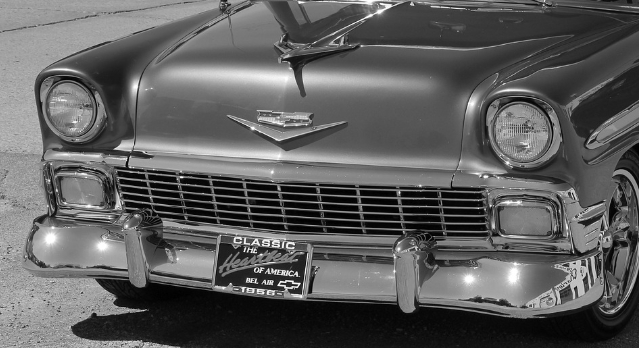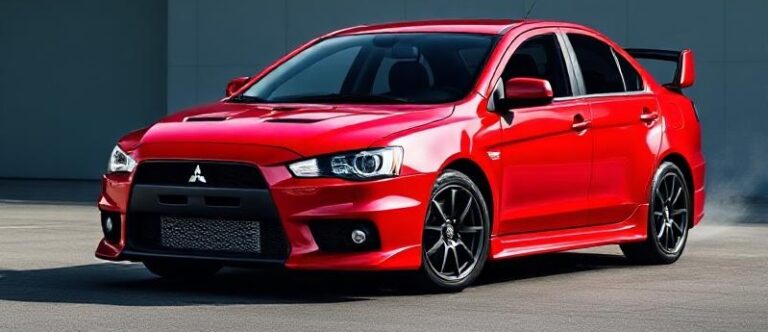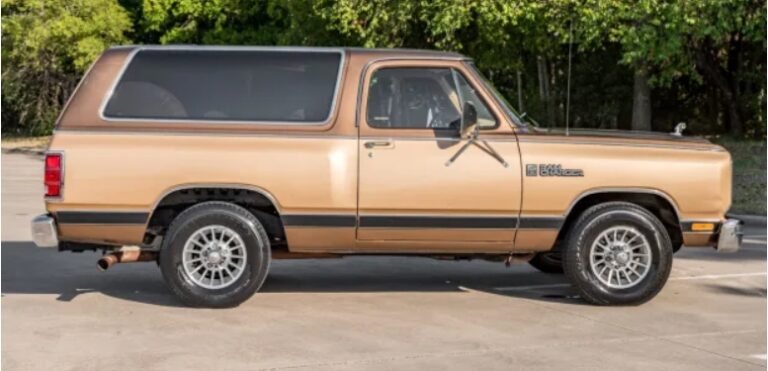The Evolution of the Chrysler Windsor: A Ride Through Automotive History
The Chrysler Windsor is a significant nameplate in the annals of the American automotive industry. Introduced in 1939, the Windsor evolved over several decades, representing a blend of innovation, style, and changing consumer preferences. It served as a cornerstone of Chrysler’s lineup and underwent numerous transformations during its production. This article explores the evolution of the Chrysler Windsor, detailing its various models, trim levels, and the market conditions that shaped its development.
Origins: 1939-1941
The Chrysler Windsor made its debut in 1939 as a full-size automobile designed to occupy the space between the Chrysler Royal and the Imperial models. With its elegant design and innovative features, the Windsor quickly gained popularity.
- 1939 Windsor: The model was available as a two-door sedan, four-door sedan, and a two-door convertible, all equipped with Chrysler’s 230 cubic-inch straight-six engine. This model showcased a modern design characterized by flowing lines and an impressive grille.
- 1940-1941 Windsor: The Winsor saw minimal changes in these years, maintaining the same platform and design. However, in 1941, the model was upgraded with a more powerful 250 cubic-inch straight-six engine. The lineup included the same body styles, with an increased emphasis on comfort and luxury.
The War Years: 1942-1945
During World War II, Chrysler, like other automakers, ceased civilian car production to support war efforts. As a result, the Windsor was not produced from 1942 to 1945. The wartime hiatus fundamentally altered the automotive landscape, leading to a rebirth of the Windsor when production resumed.
Post-War Resurgence: 1946-1950
The return of the Chrysler Windsor after the war marked a new era, with a pent-up demand for automobiles.
- 1946-1948 Windsor: The post-war models adopted a modernized design reminiscent of pre-war models but included streamlined elements. The introduction of more powerful engines and improved suspension systems enhanced driving comfort. These models were available as two-door and four-door variants, including sedans, hardtops, and convertibles.
- 1949 Windsor: The 1949 model year brought significant changes, including a new “Forward Look” designed by Virgil Exner. It featured an elongated body, large fins, and a more aggressive stance. This model also included an updated version of the HEMI engine, which distinguished Chrysler from its competitors.
- 1950 Windsor: Minor styling tweaks were made in 1950, with enhanced interiors and updated equipment. The Windsor became a symbol of American post-war prosperity.
The 1950s: Transition and Trim Levels
The Chrysler Windsor continued to innovate through the 1950s as the automotive industry experienced a design revolution.
- 1951-1952 Windsor: This model featured more pronounced tail fins and chrome accents amid growing competition. The engine options expanded, including a more powerful V8 for the performance-oriented buyer.
- 1953 Windsor: The 1953 model showcased further refinements in styling and luxury features, appealing to the more affluent consumer segment. It was offered in several trim levels, including the Windsor Deluxe and Windsor Special.
- 1954-1955 Windsor: The front-end design saw dramatic changes with a wider grille and a more sculpted hood. The Windsor lineup offered multiple body styles – from the base sedan to the higher-end hardtop and convertible variants. The new “Powerflite” automatic transmission was introduced, enhancing drivability.
The Decade of Change: 1960s
Entering the 1960s, the Chrysler Windsor was on a trajectory of transformation to adapt to the changing market.
- 1960-1961 Windsor: These models featured a more angular shape, deviations from the rounded styles of the 1950s. The base model was joined by a Windsor Custom variant, offering additional options and luxury features.
- 1962-1965 Windsor: The Windsor underwent a significant redesign with a longer body, increased passenger space, and the introduction of the “Torsion Bar” suspension. These qualities elevated the driving experience. By this time, the Windsor was becoming less of a distinct model and more a part of Chrysler’s broader lineup.
The Decline: Late 1960s to Early 1970s
As the muscle car era began and consumer preferences shifted towards more compact, performance-oriented cars, the Windsor faced intense competition.
- 1966-1968 Windsor: The Windsor evolved somewhat, retaining its size but suffering a decline in popularity against younger rivals. The introduction of the 1966 Monaco further diluted the Windsor’s identity.
- 1969-1970 Windsor: Chrysler attempted to rejuvenate the Windsor line with slight refinements to the styling and trim levels, but by this point, the model was beginning to lose relevance.
.
Keep your vintage car battery alive during storage or over the winter with this!
Top Product: Battery Tender 1000 AMP Jump Starter
.
Final Production Years: 1971-1974
The last generation of the Chrysler Windsor came in the early 1970s, driven by a changing automotive environment characterized by escalating fuel prices and increasing insurance costs.
- 1971-1974 Windsor: The final models retained the name but had transitioned to full-size formats dominated by luxury. The Windsor was now segmented to largely compete with intermediate models, including the Chrysler New Yorker. The range highlighted different trim levels to match consumer preferences amidst competition from compact cars.
By 1974, Chrysler phased out the Windsor nameplate, leaving it to represent a rich legacy composed of innovation, style, and quality, but ultimately succumbing to the shifts in consumer taste and economic realities.
Conclusion: The Legacy of the Chrysler Windsor
The Chrysler Windsor, though now a historical footnote in the automotive world, embodied the upward mobility and post-war optimism in America. From its inception in 1939 as a symbol of luxury and comfort to its decline in the face of changing consumer landscapes, the Windsor encapsulated the evolution of the automobile through significant cultural and economic shifts. While generations of car enthusiasts may look back on the Windsor with nostalgia, its influence is undeniable, representing an important chapter in the story of one of America’s oldest automotive brands. The Chrysler Windsor’s legacy continues to be celebrated by collectors and automotive historians alike.







